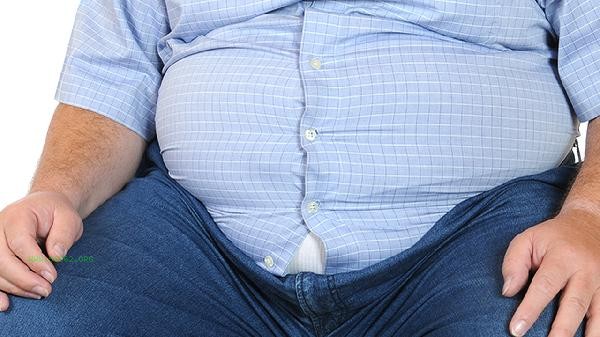Scientific weight loss requires controlling calorie intake and achieving balanced nutrition. It is recommended to choose high protein, low sugar, and high dietary fiber foods, mainly including chicken breast, oats, broccoli, Greek yogurt, and chia seeds.

1. Chicken breast:
Chicken breast is a typical high protein and low-fat ingredient, containing approximately 31 grams of protein and only 3.6 grams of fat per 100 grams. Protein can prolong satiety and promote muscle synthesis. When cooking, it is recommended to boil or grill to avoid extra oil. Pairing with vegetables such as bell peppers and asparagus can enhance nutrient diversity. 2. Oats: Oats belong to high-quality carbohydrates with a low glycemic index (GI) value of 55, and β - glucan can slow down gastric emptying rate. Choosing raw oats instead of ready to eat ones and cooking them with sugar free almond milk can increase calcium intake. blueberries can be added as a supplement to antioxidant substances for breakfast.
3. Broccoli:
Each 100 grams of broccoli contains only 34 calories but 2.6 grams of dietary fiber. The unique sulforaphane found in cruciferous vegetables helps regulate metabolism. It is recommended to steam to retain nutrients and season with minced garlic to reduce salt usage. Consuming 3-4 times a week can effectively supplement vitamin C and folate.
4. Greek yogurt:

Skimmed Greek yogurt has twice the protein content of regular yogurt, about 10 grams per 100 grams, and lactobacilli can improve the balance of gut microbiota. Choose the sugar free version paired with chia seeds to increase the intake of omega-3 fatty acids, and consuming it after refrigeration can enhance satiety.
5. Chia seed:
Chia seed expands when encountering water to form gel like substances, which can slow down the absorption rate of carbohydrates. Each tablespoon contains 5 grams of dietary fiber and 3 grams of plant protein, sprinkled on salads or yogurt for consumption. Please note that the daily intake should not exceed 25 grams to avoid bloating.
During weight loss, it is recommended to adopt the "211 diet method": 2 fists of vegetables, 1 palm of protein, and 1 fist of staple food per meal. Avoid refined sugar and fried foods, and drink at least 2000 milliliters of water throughout the day. Combining 150 minutes of low-intensity exercise such as brisk walking and swimming per week can increase basal metabolic rate. Long term weight management requires establishing sustainable dietary habits, as extreme dieting may lead to muscle loss and decreased basal metabolism. If there are metabolic problems such as insulin resistance, it is recommended to develop personalized plans under the guidance of a nutritionist.




Comments (0)
Leave a Comment
No comments yet
Be the first to share your thoughts!